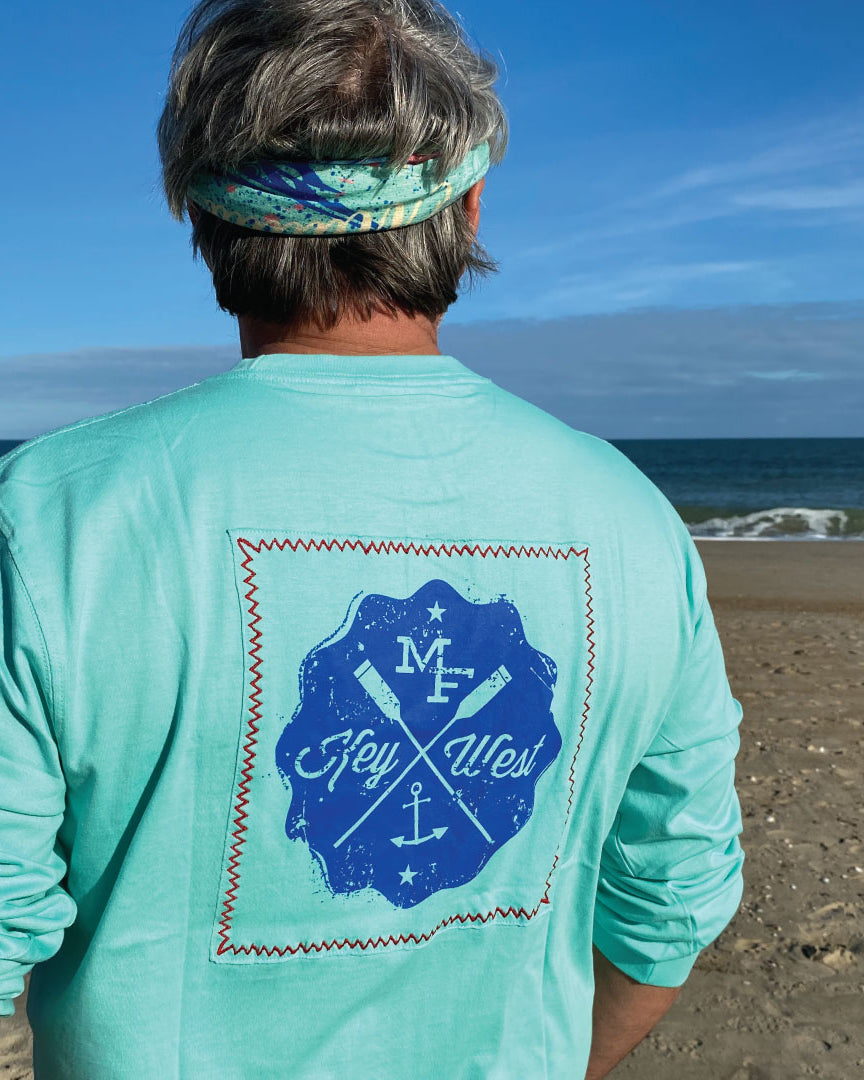
The polo shirt is a staple in most both men’s and women’s dressers/closets. But where did the polo originate, and how did it become a such a well-loved clothing article around the world? Let’s circle back to the 19th century where British soldiers who were stationed in Manipur, India, watched polo matches being played. The soldiers were so enamored with the game that they set up a polo club of their own in Manipur.
Of course, the British soldiers had no real clothes to wear to play polo, as most of their attire was heavy. This was true of their shirts as well, and when they played, the collars of their own shirts would flap in their faces. To fix the flapping, they added buttons to keep their collars out of their way. This ‘button-down’ shirt was then brought back to England and was extremely popular. The shirt was popularized to America by John Brooks, of Brooks Brothers, after his visit to England in the 1860’s. Brooks Brothers created its own version of the shirt and called it ‘the original button-down polo shirt’. Keep in mind this was still a long-sleeved shirt, more like our dress shirts of today.
The shirt was relatively unchanged for decades, that is, until the 1920’s, when the dramatic change came about. At the time in men’s tennis, the game was played in long sleeve shirts and long pants. That is until French tennis star Rene Lacoste (photo below) changed everything. He didn’t like the long sleeves, finding it too restrictive to play in. Rene made the shirt out of pique cotton, which was far more breathable, durable and flexible. He also made it short-sleeved, and since his nickname was ‘the crocodile’ on the court, he put his crocodile logo on the front. His polo grew immensely popular after he won the 1926 US Tennis Open. Folks in other sports soon began to adopt the new shirt. It became so popular that it became the shirt everyone wore when playing polo. As a result, most people, tennis players alike, referred to the shirt as a ‘polo’, even though the polo was first worn by those playing tennis.

In early 1951, Lacoste partnered with Izod, a US manufacturer named after Jack Izod, who was a London tailor and brought the ‘crocodile’ polo shirt to America. Since then, various designers created their own polo shirts. Later in the 1950s, Fred Perry started his line made from similar materials but with a laurel wreath logo. The Izod and Perry shirts were often worn by the college students, increasing its popularity. But it wasn’t until 1967 when Ralph Lauren launched his Polo Ralph Lauren label that the ‘polo’ became a world-wide sensation. His iconic polo rider embroidered polo shirt became synonymous with the name Polo and became a sportswear fixture.

So, there you have it, from the Northeastern India state of Manipur’s polo grounds, to the tennis court, to world-wide prominence today, the migration of the polo shirt started what we know today as ‘sportswear’. To this day the polo is recognized as a symbol of a refined lifestyle, and remains a staple in fashion.

















